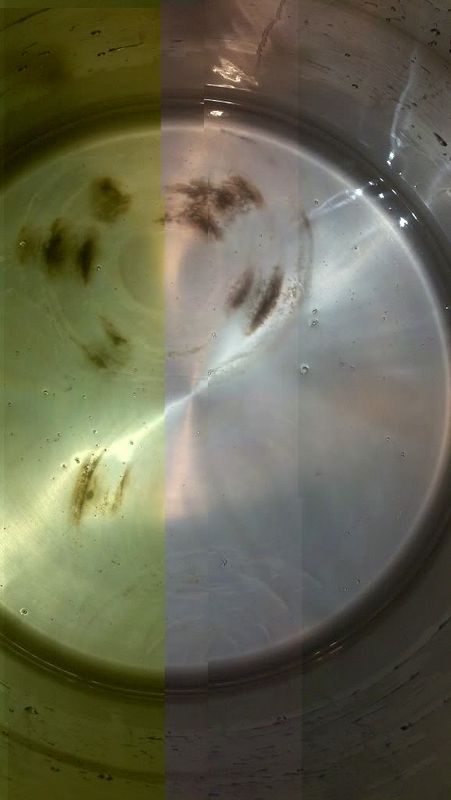bmock79 said:I'm through the first 40 pages and I havent found the answer to my question. I have two jars of washed yeast (1056). I am looking to make a starter to pitch in to an IPA. I usually use mr. malty calc for my starter size. How do I know what size of a starter to make?
Sorry for the dumb question. It may have been asked before but I never read a clear answer.
Cheers..
Well im not 100% sure but I believe you set the tab at repitch from slurry than adjust the slider bar between thick and thin slurry based on the thickness of yeast you have collected. Maybe someone with more experience with this method could back this up ( or not ).
Sent from my iPhone using HB Talk











